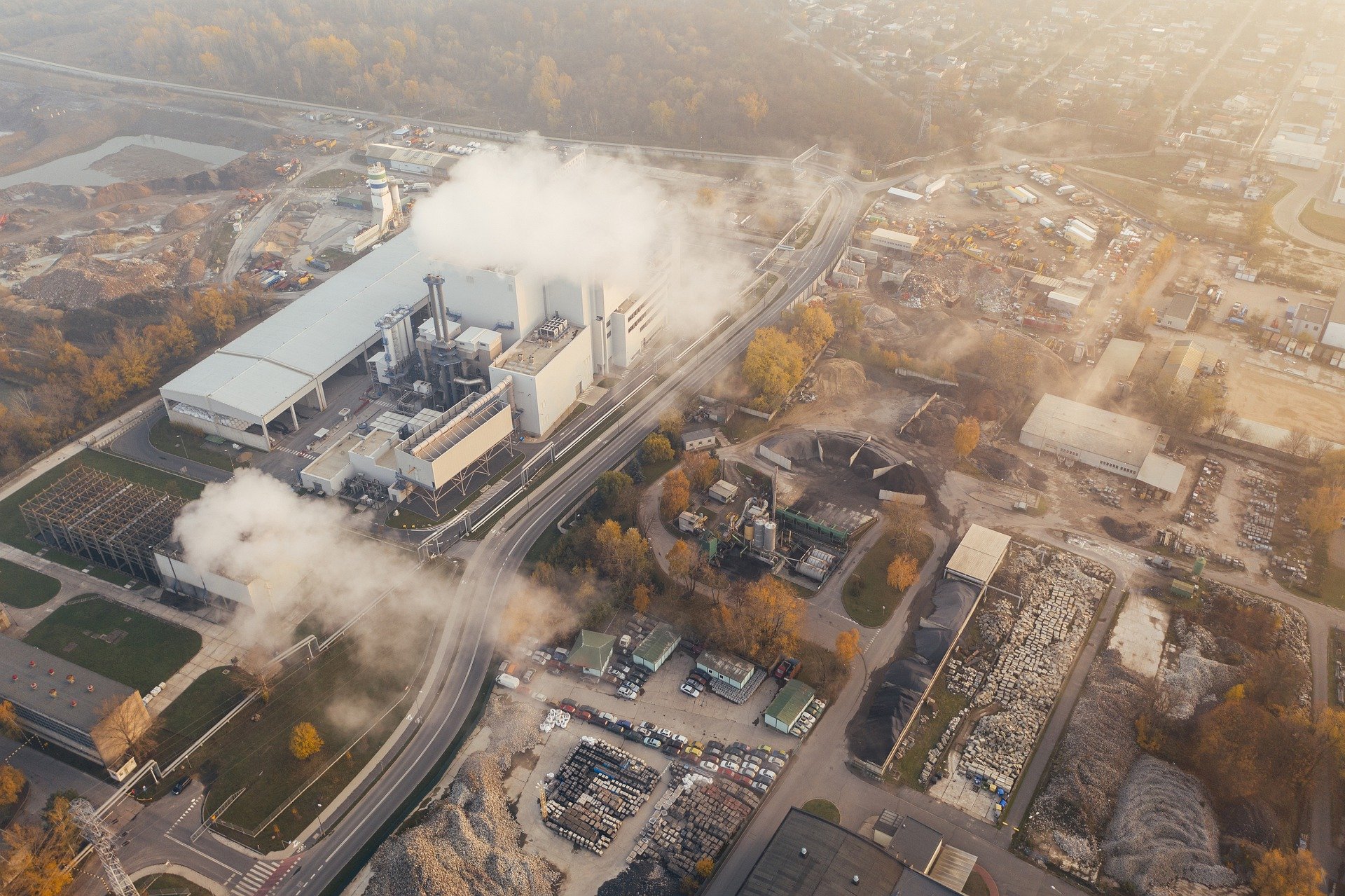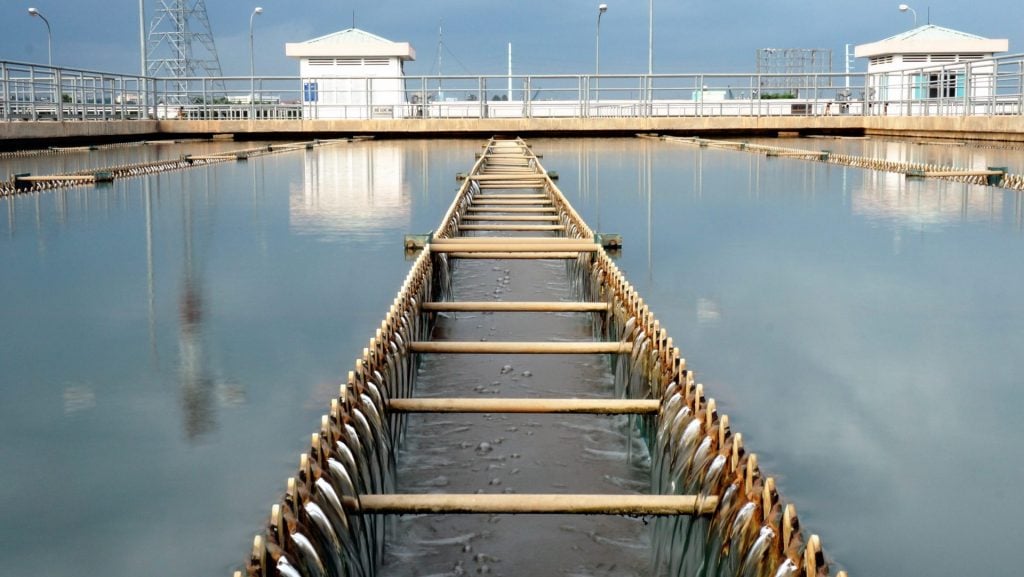Global warming caused by greenhouse gas emissions has a severe impact on the water security of industries and society. Companies around the world are taking action to reduce their carbon footprint, and water treatment and supply can be a substantial source of direct and indirect greenhouse gas emissions. Achieving low carbon water level is becoming a global priority for the manufacturing sector, and in the municipal sector over 65 water/ wastewater utilities have already committed to net zero emissions targets.
The carbon footprint of water treatment is comprised of the three main greenhouse gasses, carbon dioxide (CO2), methane (CH4) and nitrous oxide (N2O). The comparative impact of CH4 is 25 times greater than CO2 over a 100 year period, and N2O is 300 times greater, both of which are directly released (as scope 1 emissions) during sewage treatment. CO2 emissions are mostly the result of power use and fall under scope 2 emissions. The International Water Association reports the total GHG of municipal water treatment and supply being 3 to 8% of a country’s total GHG emissions, with higher values expected when including industrial water treatment.
In the water sector, direct emissions of NO2 and CH4 make up a larger percentage of total emissions compared to most other industries. With the rise of green energy, the GHG intensity of power supply is gradually declining throughout the world, and the direct emissions of the water sector will eventually need to be addressed.

